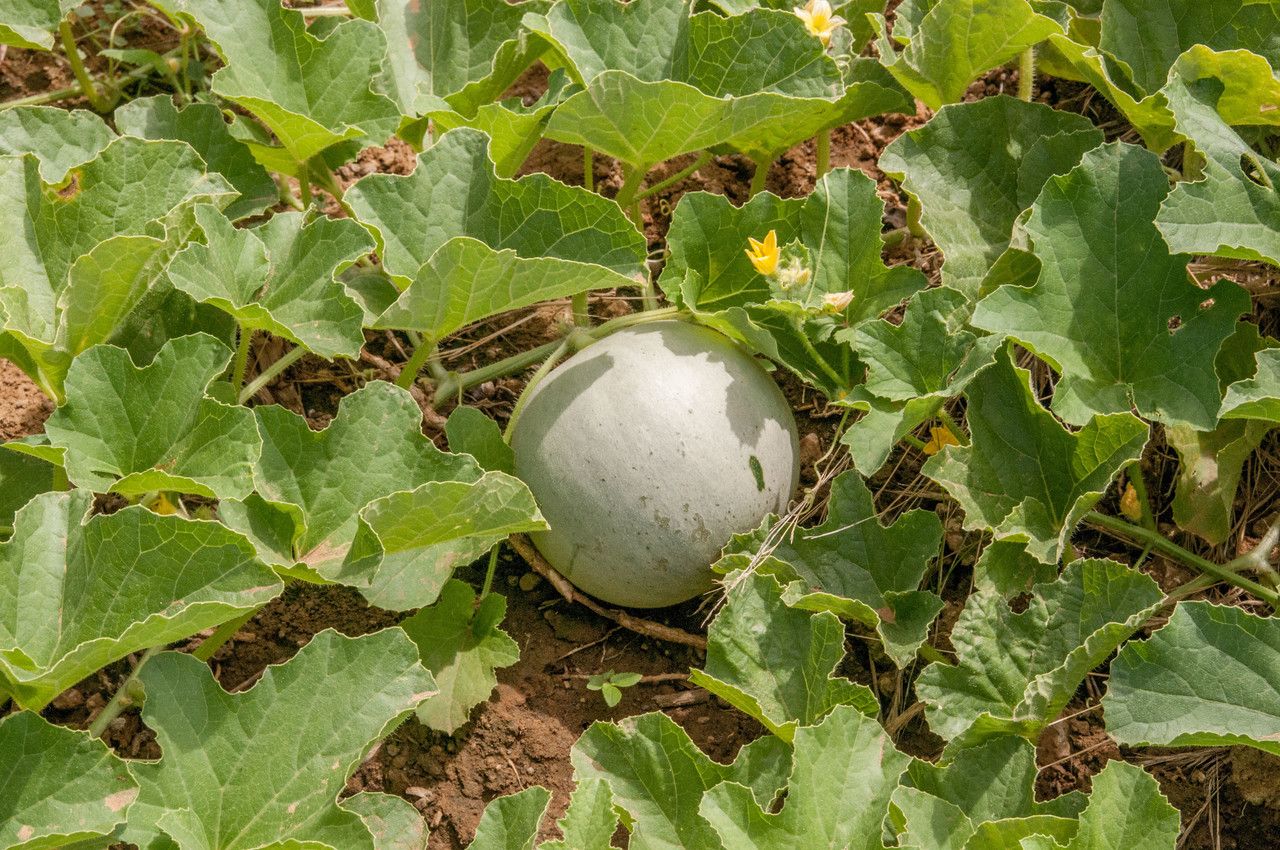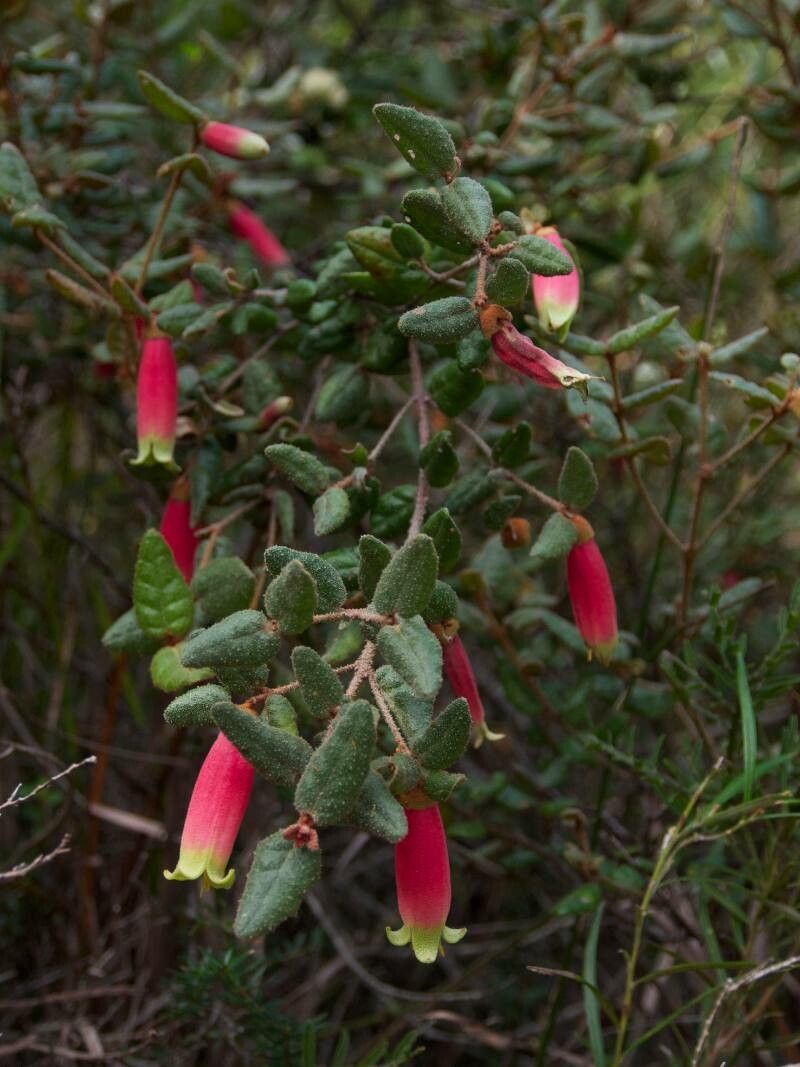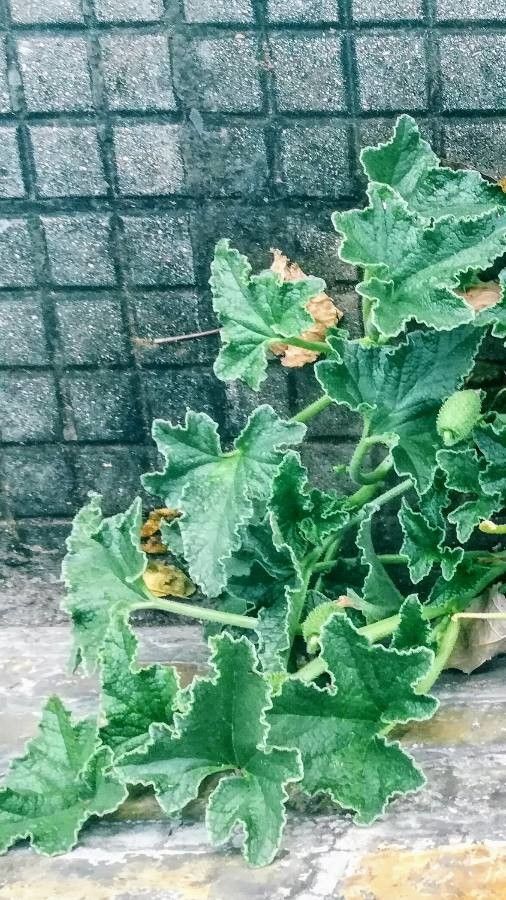## Melons: A Sweet Guide to Growing Success
Melons, belonging to the *Cucurbitaceae* family, are beloved worldwide for their juicy flesh and refreshing sweetness. From the classic watermelon to the aromatic cantaloupe and the subtly sweet honeydew, these fruits offer a diverse range of flavors and textures. But growing these summer treats requires understanding their specific needs.
### Habitat and Growth
Melons thrive in warm climates with abundant sunshine. They are a vining plant, requiring ample space to sprawl. Consider providing trellises or allowing them to grow along the ground, ensuring the fruit isn't directly contacting the soil to prevent rot.
### Sun Exposure
Melons are sun-worshippers! They need at least six to eight hours of direct sunlight daily for optimal growth and fruit production. Insufficient sunlight will result in smaller, less flavorful melons and potentially stunted growth.
### Soil Needs
Well-drained, fertile soil is crucial for healthy melon plants. The soil should be rich in organic matter, which you can improve with compost or other organic amendments. Melons prefer a slightly acidic to neutral pH level (6.0-7.0). Poorly drained soil can lead to root rot, a common problem for melons.
### Watering Melons
Consistent watering is key, especially during the fruiting stage. Water deeply and regularly, aiming for consistently moist but not soggy soil. Avoid overhead watering, which can encourage fungal diseases. Mulching around the plants helps retain soil moisture and suppress weeds.
### Popular Melon Varieties
The world of melons is vast and varied! Here are a few popular choices:
* **Watermelon:** Known for its large size and refreshing, juicy flesh. Varieties range from seedless to heirloom types with unique stripes and flavors.
* **Cantaloupe:** Characterized by its netted rind and sweet, aromatic flesh. Cantaloupes typically have a more intense flavor than honeydews.
* **Honeydew:** This melon boasts a smooth, pale green rind and a mild, sweet taste. It's often preferred for its less intense flavor compared to cantaloupe.
* **Casaba:** With a creamy, sweet flesh and a fragrant aroma, casaba melons are known for their firm texture.
### Harvesting Your Melons
Knowing when to harvest your melons is essential for optimal flavor. Look for the following signs:
* The melon will have a deep color, characteristic of the variety.
* The rind will be firm, and the melon will feel heavy for its size.
* A slight slip sound when the stem is gently tugged indicates ripeness (don't pull too hard!).
### Pest and Disease Management
Melons are susceptible to various pests and diseases. Regular monitoring and preventative measures, such as crop rotation and proper sanitation, are crucial. Consult local gardening resources for specific pest and disease control strategies in your region.
Growing melons can be a rewarding experience, resulting in a delicious harvest. By understanding their needs and following these tips, you can enjoy a bountiful crop of these juicy summer treats!
Melons: Growing Guide & Varieties

Frequently Asked Questions
How to grow the sweetest melons?
Plant in full sun with well-drained, fertile soil. Consistent watering and adequate fertilization are key. Choose a variety known for sweetness, and harvest when the melon is fully ripe.
What type of soil do melons need?
Melons thrive in well-drained, fertile soil with a slightly acidic to neutral pH (6.0-7.0). Amend heavy clay soils with organic matter to improve drainage and fertility.


